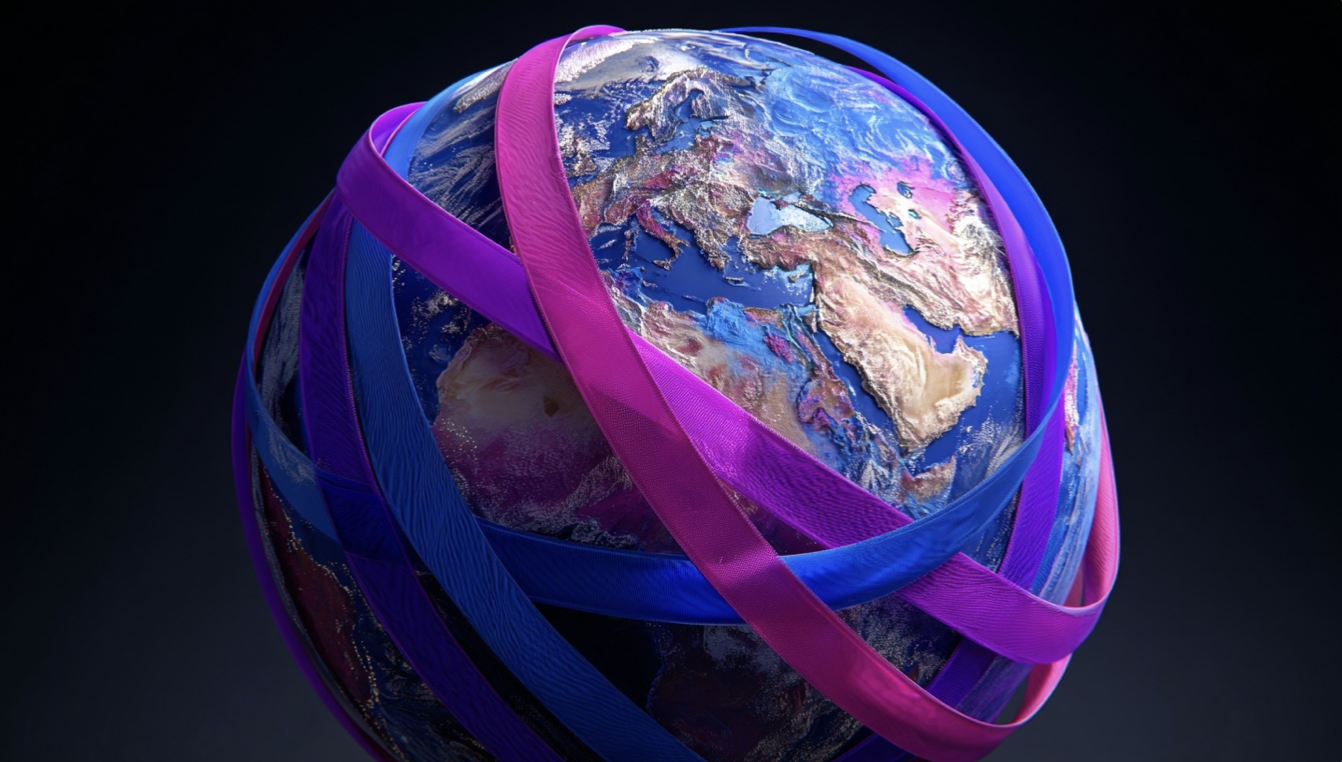September marks a significant period for the bisexual community worldwide, widely recognised as Bi Visibility Month. This observance traces its roots back to International Celebrate Bisexuality Day, inaugurated on 23 September 1999 by US activists Michael Page, Wendy Curry, and Gigi Raven Wilbur. Originally conceived as a celebration of the scattered bi projects around the world—including local support groups, magazines, and helplines—the day has gradually evolved into a broader movement dedicated to raising awareness and visibility for bisexual people. The shift in terminology from International Celebrate Bisexuality Day to Bi Visibility Day, particularly embraced in the UK and Europe since 2010, was a strategic rebrand aimed at engaging more organisations and communities beyond exclusively celebrating existing bi-focused work.
While Bi Visibility Day remains firmly anchored on 23 September, its reach has extended in scope and duration. Since 2014, the US-based BiNetUSA and GLAAD expanded the observance into Bi Week—a series of events culminating on Bi Visibility Day. This week, scheduled from 16 to 22 September leading up to the day itself, seeks to maximise involvement and visibility, adapting events to accommodate different communities and schedules. In recent years, the concept of Bi Visibility Month has also taken hold, partly propelled by social media dynamics, which favour month-long recognitions that better capture public attention and engagement. Consequently, the bisexual community now uses various banners—Bi Visibility Day, Bi Week, and Bi Visibility Month—often interchangeably, to champion bi inclusion and pride.
The origins of Bi Visibility Day emphasize not only celebration but also the ongoing challenges bisexual people face, including prejudice and invisibility both within and outside the LGBTQ+ community. At its core, the observance is a call to recognise bisexual individuals as a distinct and vital part of the queer spectrum, confronting marginalization head-on. The importance of visibility has been echoed by numerous human rights organisations; for instance, a joint statement by the Inter-American Commission on Human Rights and United Nations human rights experts ahead of the 2018 celebrations underscored visibility as a crucial step to ending violence and discrimination against bisexual people. They urged governments to collect data specifically on bisexual individuals to better inform inclusive policies.
Throughout the years, the significance of September has been further reinforced by historical milestones in the UK’s bi movement, coincidentally aligning with the month. The first UK bi group held its inaugural meeting on 1 September 1981 in London, and the oldest ongoing bi group commenced in Manchester on the same date in 1994. These early foundations predate the now internationally recognised Bi Visibility Day and contribute to the broader narrative of bi activism and community building.
Government recognition has also increased over time. Both the UK and US have engaged with bisexual issues more formally, particularly around 2013, when the UK government issued its first ministerial message of support, paralleled by a White House reception in the US focusing on bi health inequalities. These actions marked tentative but meaningful steps towards greater institutional acknowledgement of bisexual lives and concerns.
In sum, what began as a small, community-driven initiative in the late 1990s has blossomed into a multi-faceted, global observance that fosters visibility, celebrates identity, and campaigns against the unique challenges bisexual people encounter. Whether framed as a day, a week, or a month, September’s bi events serve as a powerful reminder of the resilience and diversity within the bisexual community, as well as the ongoing work needed to secure full recognition and equality. Source: Noah Wire Services
